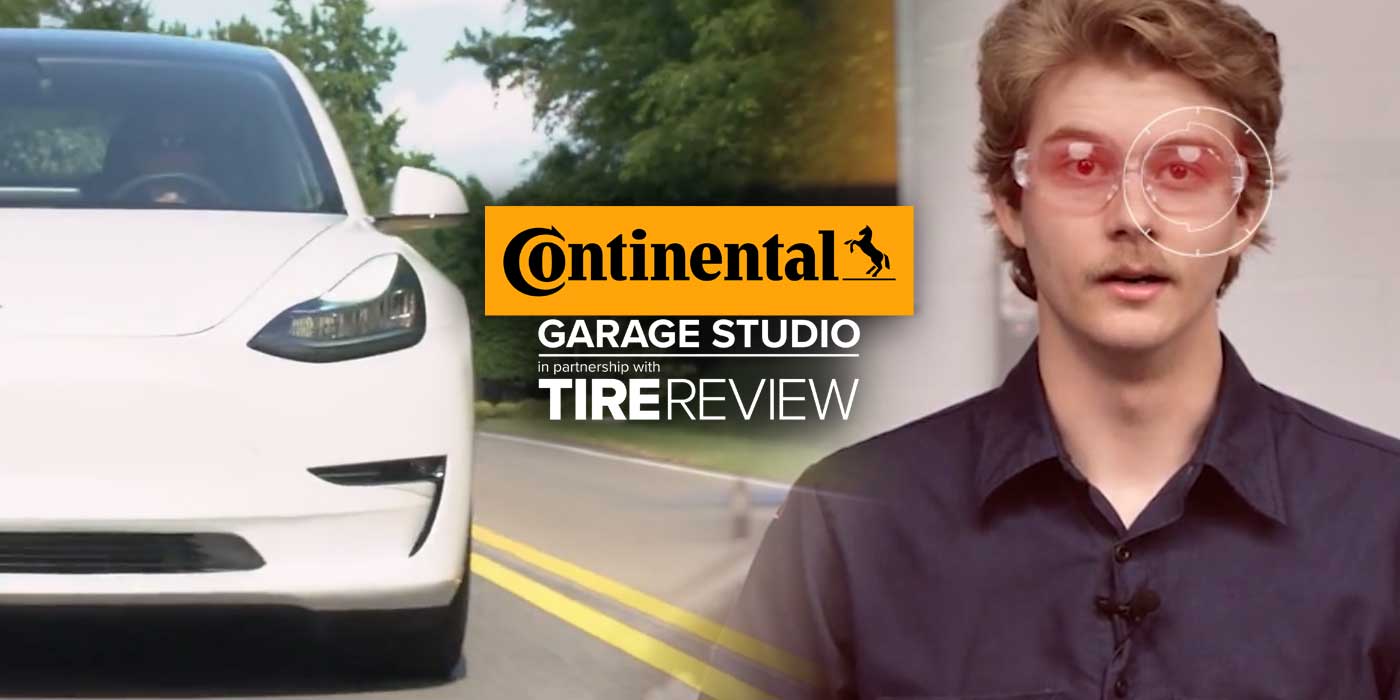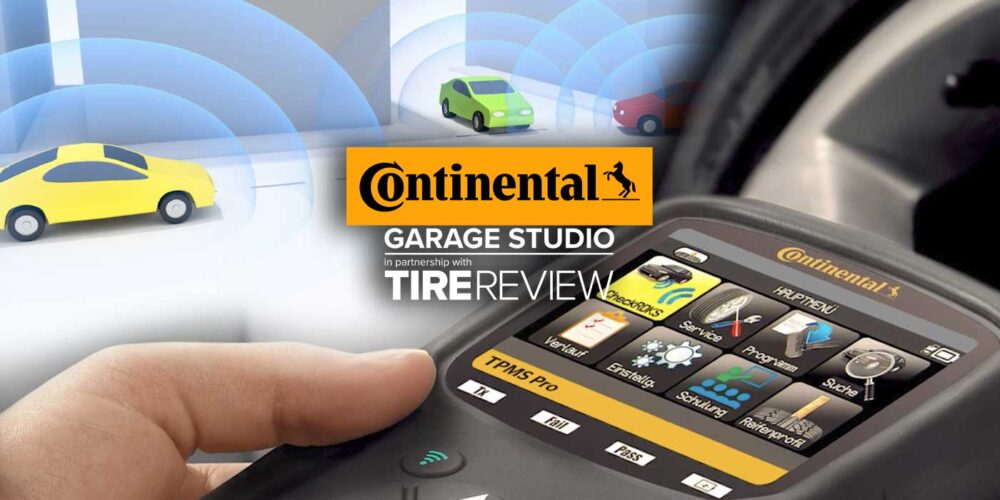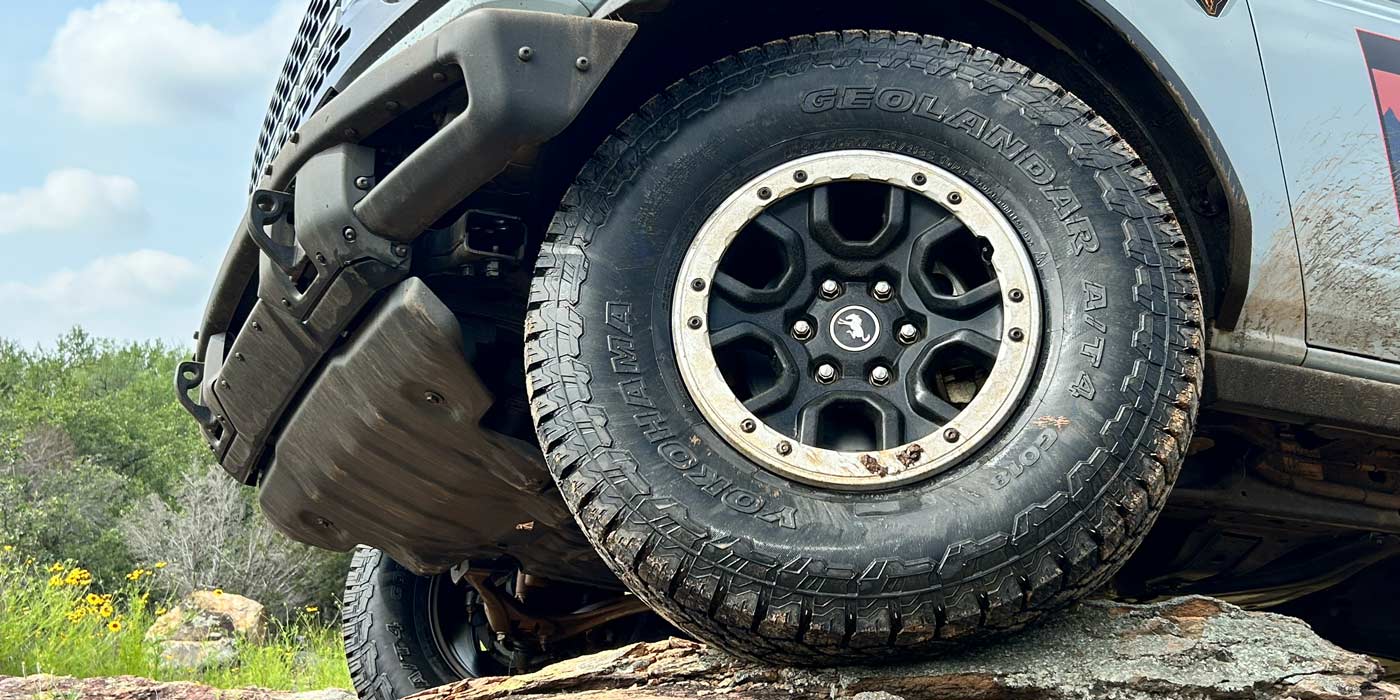Tire age is a crucial factor that directly impacts the safety and performance of a vehicle. Many customers are unaware that tires, just like any other rubber product, deteriorate over time, regardless of tread wear or usage. So how can they know for sure if their tires are too old to be driven on safely? Stay tuned in this Tire Review Continental Tire Garage Studio video.
Tire degradation is influenced by factors like temperature, storage conditions, and exposure to sunlight. As tires age, their rubber compounds harden, leading to decreased traction and an increased risk of blowouts, especially at high speeds.
The DOT number is a key element in determining the age of tires. This alphanumeric code, typically found on the sidewall, includes the week and year the tire was manufactured. The last four digits of the DOT number represent the week and year of production, with the first two digits denoting the week and the last two indicating the year. For example, a DOT number ending in “2518” would mean that the tire was manufactured in the 25th week of 2018. This DOT number may be on one side of the tire only, so if the customer can’t find it, they’ll need to bring their vehicle in to safely hoist the vehicle to have access to the number.
To ensure the safety of drivers and passengers, regulatory bodies have established guidelines and regulations regarding the age of tires. These regulations are designed to prevent the use of tires that may pose a safety hazard due to aging. In some regions, tires older than six years are not recommended for use, and some regions have specific regulations for commercial vehicles.
For example, several European vehicle manufacturers of high-performance sports cars, coupes and sedans identify that “under no circumstances, should tires older than six years be used” in their vehicle owner’s manual. Domestically, Ford and General Motors recommend that tires installed as Original Equipment be replaced after six years of service. Most tiremakers say tires should be inspected regularly after six years and replaced after 10 years old.
As a tire dealer, it is essential to educate customers on the importance of checking the age of their tires regularly. You can do this with informational pamphlets, by conducting workshops, incorporating tire age checks into routine maintenance services, or leveraging digital platforms to distribute relevant information. By creating awareness about the potential risks associated with aging tires and the methods to identify their age, customers can take proactive measures to ensure the safety of their vehicles and occupants.
Don’t forget to follow us on Instagram and Facebook and subscribe to our YouTube channel for more tire, service and shop operations videos.













